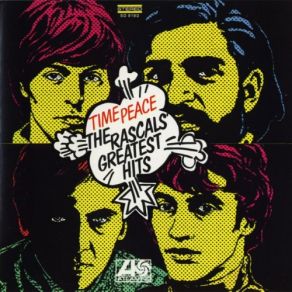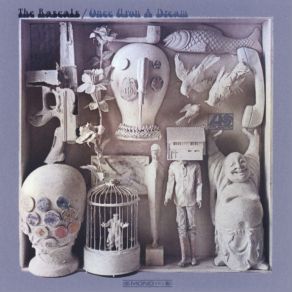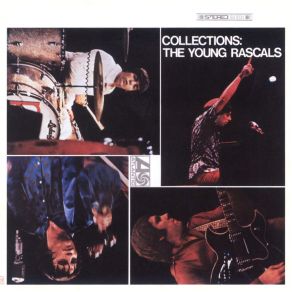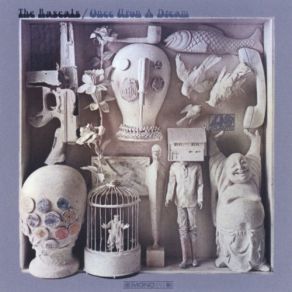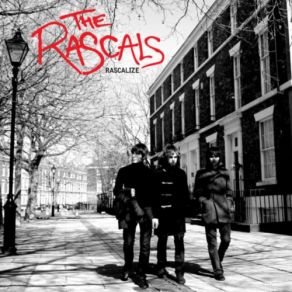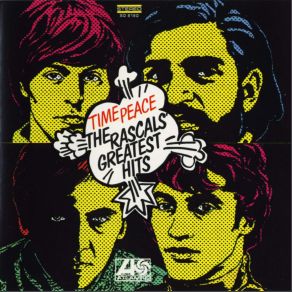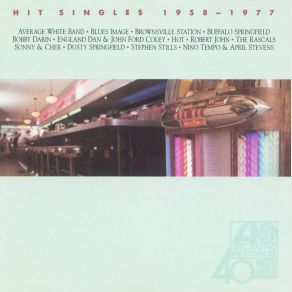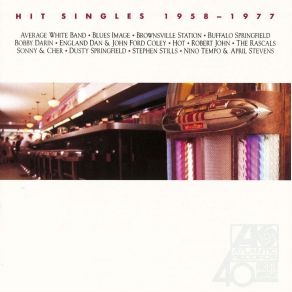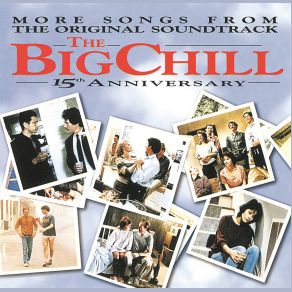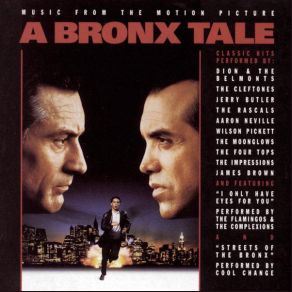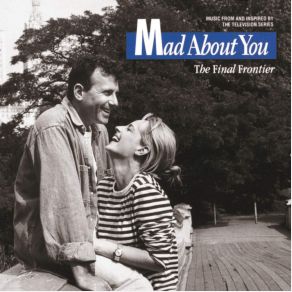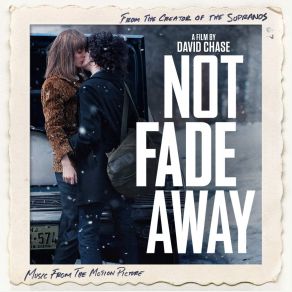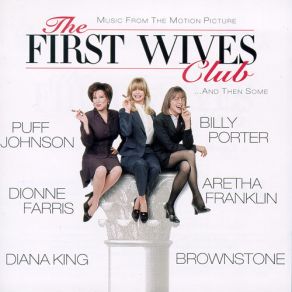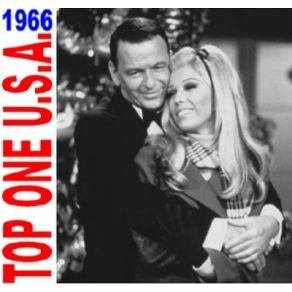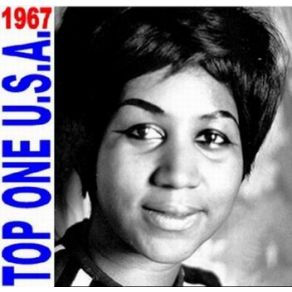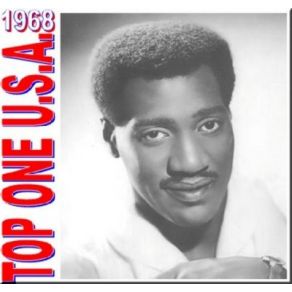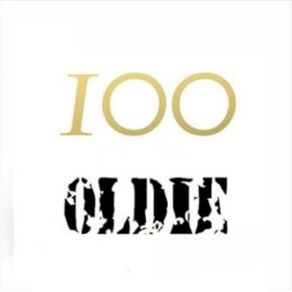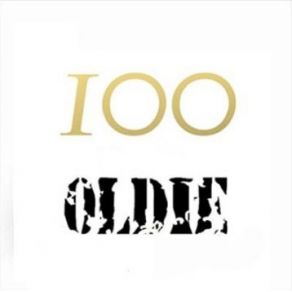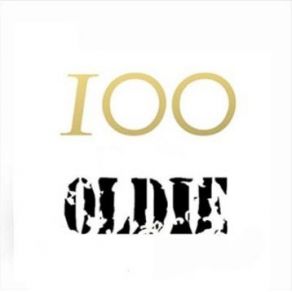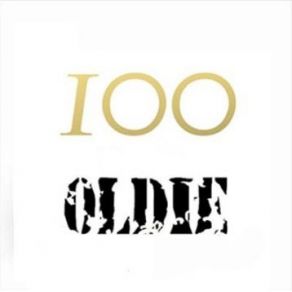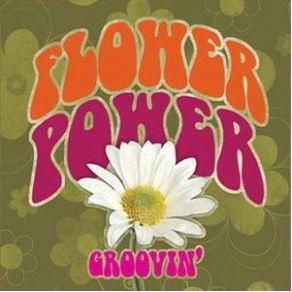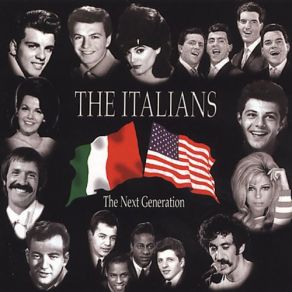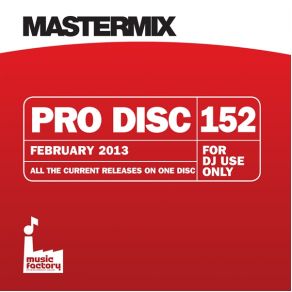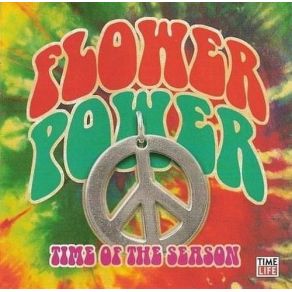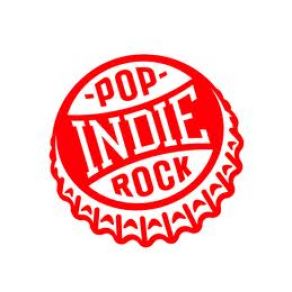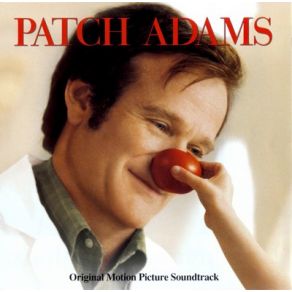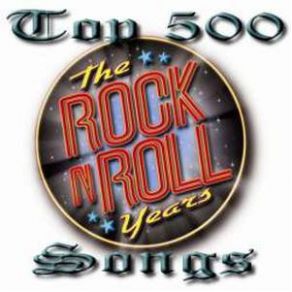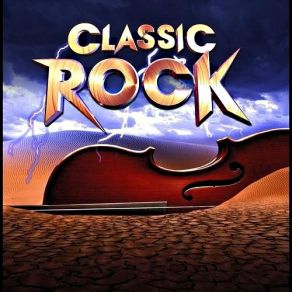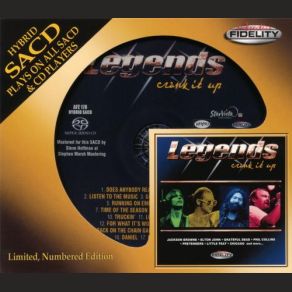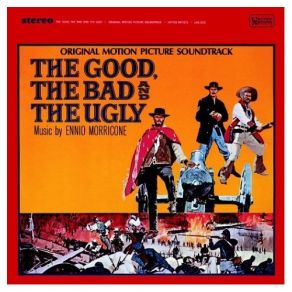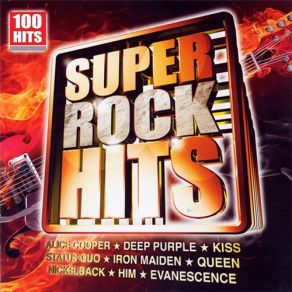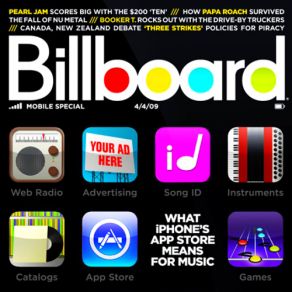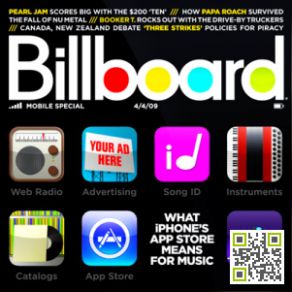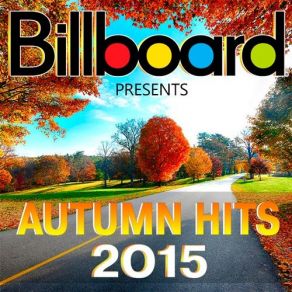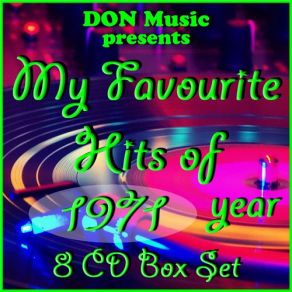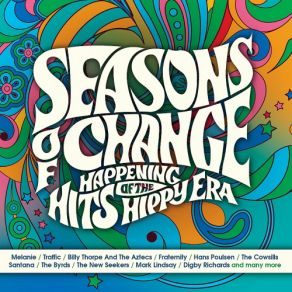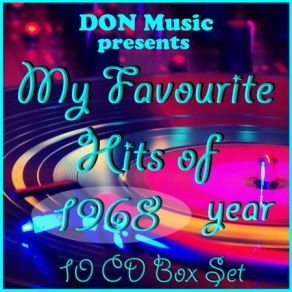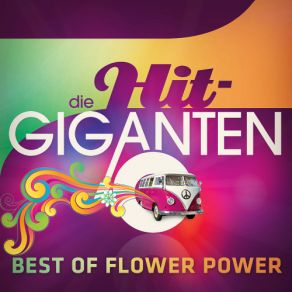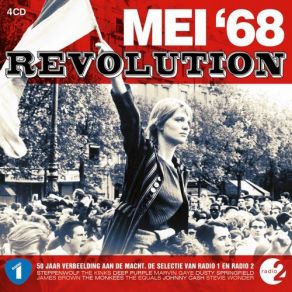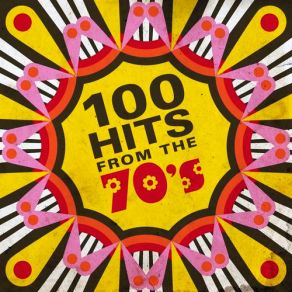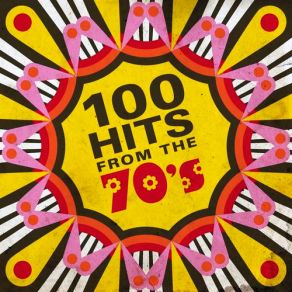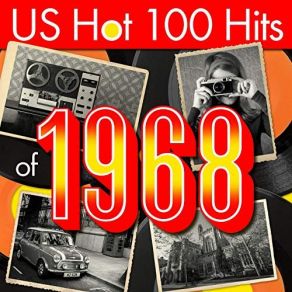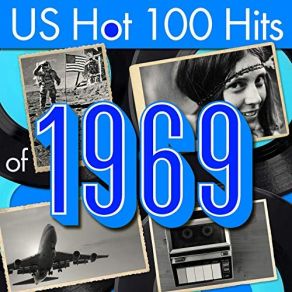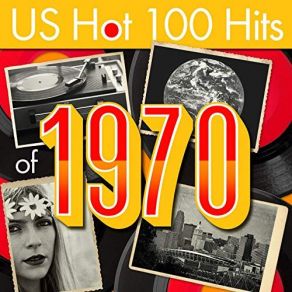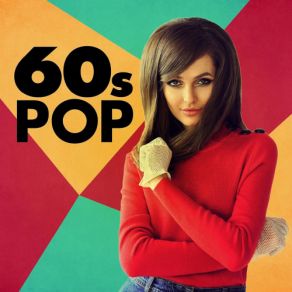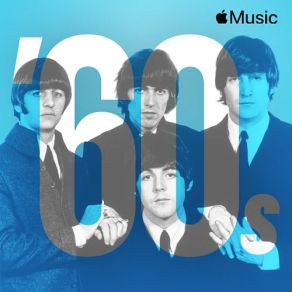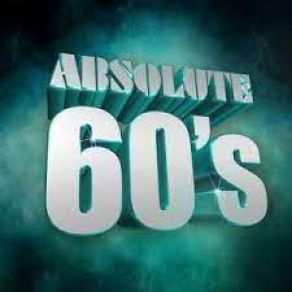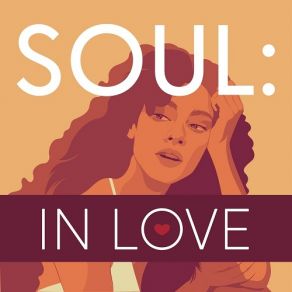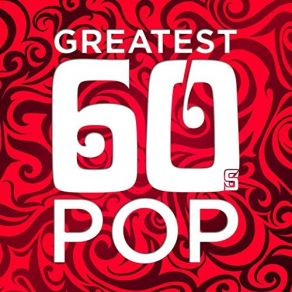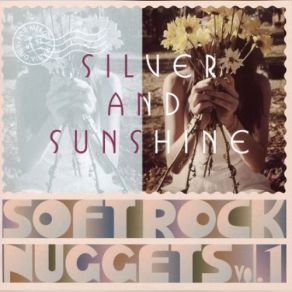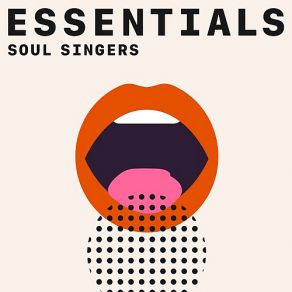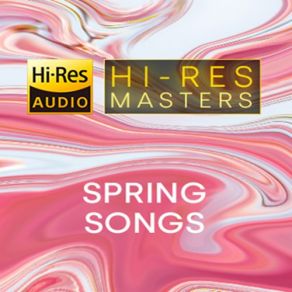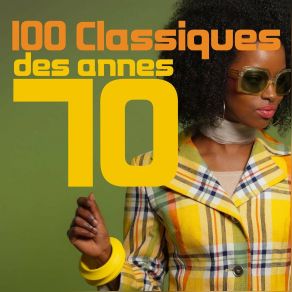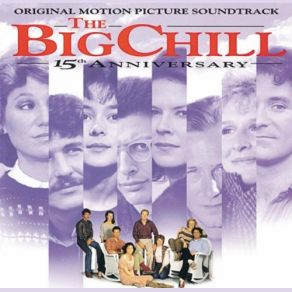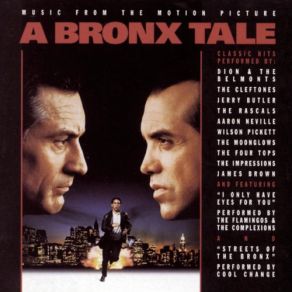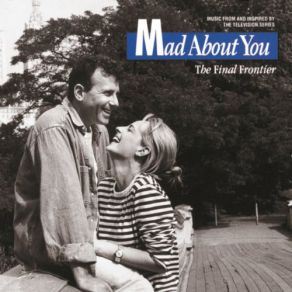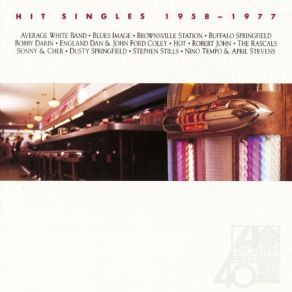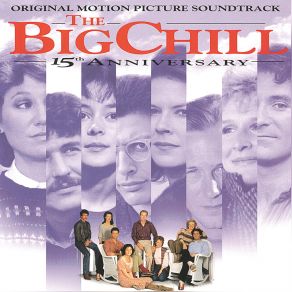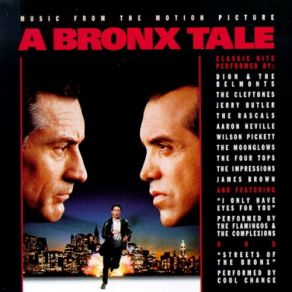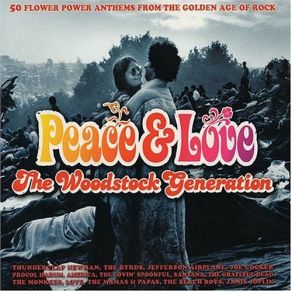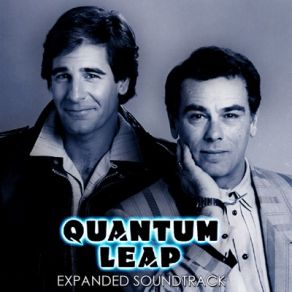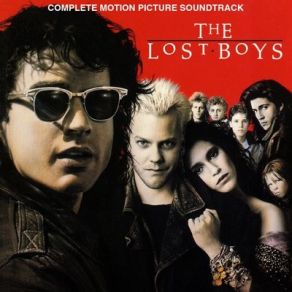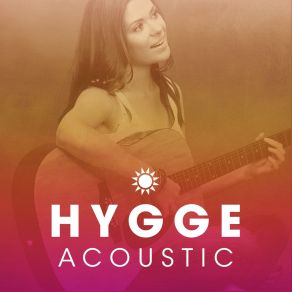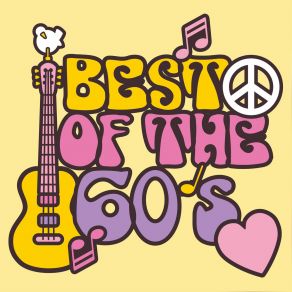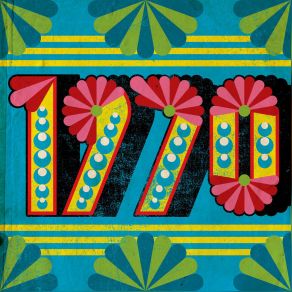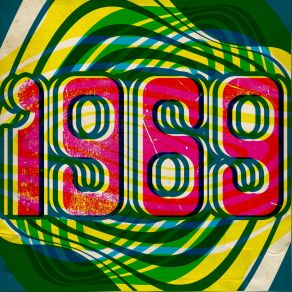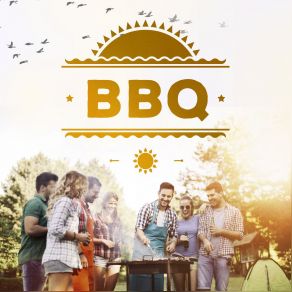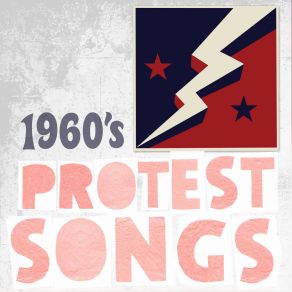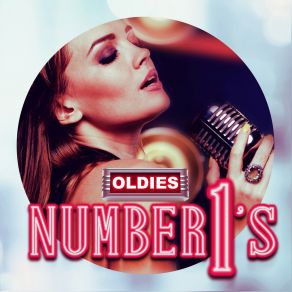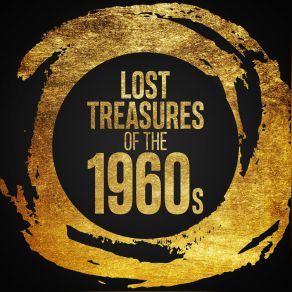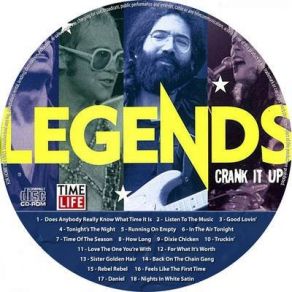The Rascals
Wikimp3 information about the music of The Rascals. On our website we have 37 albums and 70 collections of artist The Rascals. You can find useful information and download songs of this artist. We also know that The Rascals represents Rock genres.
Biography
[Edit]The Rascals, along with the Righteous Brothers, Mitch Ryder, and precious few others, were the pinnacle of '60s blue-eyed soul. The Rascals' talents, however, would have to rate above their rivals, if for nothing else than the simple fact that they, unlike many other blue-eyed soulsters, penned much of their own material. They also proved more adept at changing with the fast-moving times, drawing much of their inspiration from British Invasion bands, psychedelic rock, gospel, and even a bit of jazz and Latin music. They were at their best on classic singles like "Good Lovin'," "How Can I Be Sure," "Groovin'," and "People Got to Be Free." When they tried to stretch their talents beyond the impositions of the three-minute 45, they couldn't pull it off, a failure which — along with crucial personnel losses — effectively finished the band as a major force by the 1970s.
The roots of the Rascals were in New York-area twist and bar bands. Keyboardist/singer Felix Cavaliere, the guiding force of the group, had played with Joey Dee & the Starliters, where he met Canadian guitarist Gene Cornish and singer Eddie Brigati. Brigati would split the lead vocals with Cavaliere and also write much of the band's material with him. With the addition of drummer Dino Danelli, they became the Rascals. Over their objections, manager Sid Bernstein (who had promoted the famous Beatles concerts at Carnegie Hall and Shea Stadium) dubbed them the Young Rascals, although the "Young" was permanently dropped from the billing in a couple of years.
After a small hit with "I Ain't Gonna Eat Out My Heart Anymore" in 1965, the group hit number one with "Good Lovin'," a cover of an R&B tune by the Olympics, in 1966. This was the model for the Rascals' early sound: a mixture of hard R&B and British Invasion energy, with tight harmony vocals and arrangements highlighting Cavaliere's Hammond organ. After several smaller hits in the same vein, the group began to mature at a rapid rate in 1967, particularly as songwriters. "Groovin'," "Beautiful Morning," "It's Wonderful," and "How Can I Be Sure?" married increasingly introspective and philosophical lyrics to increasingly sophisticated arrangements and production, without watering down the band's most soulful qualities. They were also big hits, compiled for the 1968 LP release Time Piece: The Rascals' Greatest Hits, and provided some of the era's most satisfying blends of commercial and artistic appeal.
During the summer of 1968, almost as if to prove they could shake 'em down as hard as any soul revue, the Rascals made number one with one of their best songs, "People Got to Be Free." An infectious summons to unity and tolerance in the midst of a very turbulent year for American society, it also reflected the Rascals' own integrationist goals. Not only did they blend white and black in their music; they also, unlike many acts of the time, refused to tour on bills that weren't integrated as well.
"People Got to Be Free," surprisingly, was the group's last Top 20 hit, although they would have several other small chart entries over the next few years, often in a more explicitly gospel-influenced style. The problem wasn't bad timing or shifting commercial taste; the problem was the material itself, which wasn't up to the level of their best smashes. More worrisome were their increasingly ambitious albums, such as the 1969 releases Freedom Suite and See, which found Cavaliere in particular trying to expand into jazz, instrumentals, and Eastern philosophy. Not that this couldn't have worked well, but it didn't. They had never been an album-oriented group, but unlike other some other great mid-'60s bands, they were unable to satisfactorily expand their talents into full-length formats.
A more serious problem was the departure of Brigati, the band's primary lyricist, in 1970. Cornish was also gone a year later, although Cavaliere and Danelli kept the Rascals going a little longer with other musicians. The band broke up in 1972, with none of the members going on to notable commercial or artistic success on his own, though Cavaliere remained the most active.
Title: Time Peace: The Rascals' Greatest Hits
Artist: The Young Rascals, The Rascals
Title: The Rascals: Collections
Artist: The Rascals
Genre: Hip Hop/R&B, Soul, Rock, Rock & Roll, Pop
Title: The Young Rascals
Artist: The Young Rascals, The Rascals
Genre: Hip Hop/R&B, Soul, Rock, Rock & Roll, Pop
Title: Out Of Dreams - EP
Artist: Miles Kane, The Rascals
Genre: Rock, Alternative Rock, Garage Rock, Indie Rock
Title: Time Peace: The Rascals' Greatest Hits (US Release)
Artist: The Rascals
Title: The Rascals: Anthology 1965-1972 (CD2)
Artist: The Rascals
Genre: Hip Hop/R&B, Soul, Psychedelic Rock
Title: The Rascals: Anthology 1965-1972 (CD1)
Artist: The Rascals
Genre: Hip Hop/R&B, Soul, Rock, Psychedelic Rock
Title: Time Peace - The Rascals' Greatest Hits
Artist: The Rascals
Genre: Hip Hop/R&B, Soul, Rock, Pop
Collections
Title: Atlantic Records 40th Anniversary - Hit Singles 1958-1977
Genre: Pop
Title: Hit Singles, 1958-1977
Title: De Rock 'n Roll Methode Vol. 23
Genre: Rock
Title: De Rock 'n Roll Methode Vol. 11
Genre: Rock
Title: First Wives Club
Genre: Theatre/Soundtrack
Title: Top One USA CD 7 1966
Genre: Pop Rock
Title: Top One USA CD 8 1967
Genre: Pop Rock
Title: Top One USA CD 9 1968
Genre: Pop Rock
Title: 100 Oldie Collection CD 7
Genre: Pop Rock
Title: 100 Oldie Collection CD 18
Genre: Pop Rock
Title: 100 Oldie Collection CD 29
Genre: Pop Rock
Title: 100 Oldie Collection CD 42
Genre: Pop Rock
Title: Drum - N - Bass Collection (Volume 4)
Genre: Drum & Bass
Title: Peace & Love - The Woodstock Generation (CD3)
Genre: Rock, Folk Rock, Psychedelic Rock, Pop, Pop Rock
Title: Flower Power: Groovin' Disc 2
Genre: Pop Rock
Title: 500 Classic Rock Songs Vol. 3 CD3
Genre: Hard Rock, World Music, Pop
Title: The Italians: The Next Generation
Genre: Rock
Title: Pro Disc 152
Genre: Disco
Title: Mastermix - Pro Disc 152
Genre: House, Club/Dance, Dance Pop
Title: Easy Rider: Something In The Air (CD2)
Genre: Theatre/Soundtrack
Title: Best Alternative Indie - Pop - Rock 2008
Genre: Rock, Pop, Alternative, Indie
Title: A Bronx Tale (Original Soundtrack)
Genre: Theatre/Soundtrack
Title: Patch Adams (Original Soundtrack)
Genre: Theatre/Soundtrack
Title: Bacobens Rock Top 500 (CD5)
Genre: Rock
Title: Top 500 Rock And Roll Songs (CD13)
Genre: Rock
Title: Girls In The Garage Vol. 11
Title: Top 500 Classic Rock (CD5)
Genre: Rock
Title: Legends: Crank It Up
Genre: Rock, Blues Rock, Pop Rock
Title: Super Rock Hits 2015 (CD1)
Genre: Rock
Title: Billboard Presents - Summer Hits 2015 (CD2)
Genre: House, Hip Hop/R&B, Dancefloor, Pop, Dance Pop
Title: Billboard Presents - Autumn Hits 2015 (CD2)
Genre: Dancefloor, Pop, Pop Rock, Dance Pop
Title: Hygge Acoustic 2017
Title: My Favourite Hits Of 1968 (CD04)
Genre: Hip Hop/R&B, Soul, Rock, Blues Rock, Psychedelic Rock, Pop, Pop Rock, Theatre/Soundtrack, Acoustic
Title: 100 Hits From The 70's (CD2)
Title: US Hot 100 Hits Of 1968
Genre: Soul, Vocal Jazz, Pop, Pop Rock
Title: US Hot 100 Hits Of 1969
Genre: Soul, Vocal Jazz, Pop, Pop Rock
Title: US Hot 100 Hits Of 1970
Genre: Soul, Vocal Jazz, Pop, Pop Rock
Title: Break On Through: 60's Acid Rock
Genre: Rock, Psychedelic Rock, Punk Rock, Pop Rock
Title: Funky Thing - Classic Funk
Genre: Hip Hop/R&B, Disco, Funk
Title: 60s Pop
Genre: Hip Hop/R&B, Soul, Rock, Rock & Roll, Country, Acoustic, Classical
Title: Soft & Groovy: 25 Retro Classics In A Relaxing Mood
Genre: Hip Hop/R&B, Soul, Jazz, Easy Listening
Title: 60s Hits Essentials (CD1)
Genre: Hip Hop/R&B, Soul, Rock, Rock & Roll, Pop, Funk, Classical
Title: Absolute 60's! (CD2)
Title: Soul In Love
Title: Greatest 60's Pop
Title: Silver And Sunshine: Soft Rock Nuggets Vol. 1
Genre: Pop Rock
Title: Hi-Res Masters: Spring Songs
Genre: Hip Hop/R&B, Soul, Rock, Punk Rock, Pop
Title: Funky 70s Rock (CD1)
Title: Coastal Grandmother Summer
Genre: Hip Hop/R&B, Rock, Punk Rock, Pop
Featuring albums
Title: A Bronx Tale - Music From The Motion Picture
Artist: Original Motion Picture Soundtrack
Genre: Theatre/Soundtrack
Title: Dutch Beat Nuggets, Vol. 3 (2019 Remaster)
Artist: Various Artists
Title: Legends: The Ultimate Rock Collection (CD3: Crank It Up)
Artist: The Legends, Time Life
Genre: Rock


